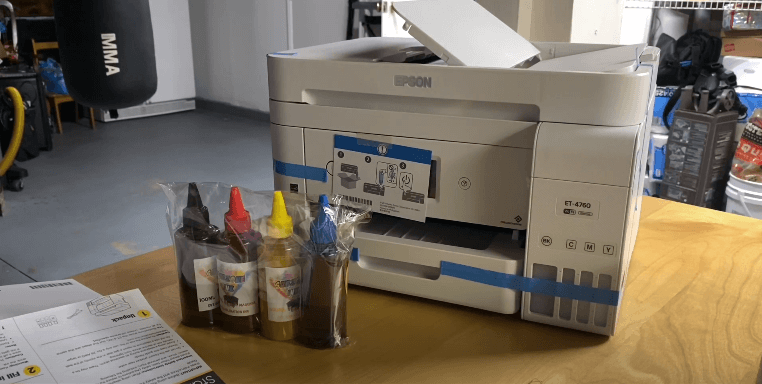
Maintaining a healthy lifestyle involves more than just the foods you choose to eat. How much you eat also plays a crucial role in achieving and sustaining your wellness goals. Portion control is a fundamental aspect of nutrition that often gets overlooked in the midst of dietary fads and trends. Whether you're striving to lose weight, build muscle, or simply enhance your overall well-being, understanding how to properly portion your daily meals can make a significant difference in your journey. In this article, we'll delve into the art of portion control and provide practical tips to help you master it.
Why Portion Control Matters
Portion control revolves around the concept of managing the quantity of food you consume in a single sitting. It's not about depriving yourself but rather about making mindful choices that align with your health objectives. Overeating, even with healthy foods, can lead to excessive calorie intake, potential weight gain, and digestive discomfort. Conversely, consistently consuming inadequate portions may deprive your body of essential nutrients and leave you feeling unsatisfied.The Basics of Portion Control
Understanding the basics of portion control is the foundation of building healthier eating habits. Here are some key principles to consider:- Listen to Your Body: Tune into your body's hunger and fullness cues. Eat when you're hungry and stop when you're satisfied, not overly stuffed.
- Use Visual Guides: Familiarize yourself with visual cues for portion sizes. For instance, a serving of protein should be about the size of your palm, a serving of grains or starchy foods should fit in your cupped hand, and a serving of healthy fats should be roughly the size of your thumb.
- Plate Composition: Aim to fill half your plate with non-starchy vegetables, one-quarter with lean protein, and one-quarter with whole grains or starchy vegetables.
- Mindful Eating: Eat slowly and savor each bite. This gives your brain time to register fullness and helps prevent overeating.
- Avoid Distractions: Turn off the TV, put away your phone, and focus on your meal. Eating while distracted can lead to consuming larger portions than intended.
Practical Tips for Portioning Your Meals
Putting portion control into practice can be a challenge, especially in a world where supersized portions have become the norm. However, with a few mindful strategies, you can make portion control a manageable part of your daily routine:- Use Smaller Plates and Bowls: Swap out large dinner plates for smaller ones, and you'll naturally serve yourself smaller portions. Your brain will perceive the plate as full even though you're eating less.
- Pre-Portion Snacks: Instead of eating snacks directly from the bag, pre-portion them into smaller containers or bags. This prevents mindless munching and helps you stick to appropriate serving sizes.
- Cook at Home: When you prepare meals at home, you have control over the ingredients and portions. Use measuring cups, scales, and portioning tools to ensure accuracy.
- Pack Leftovers Immediately: If you're eating at home, portion leftovers into containers as soon as you're done eating. This prevents going back for seconds impulsively.
- Read Labels: Pay attention to serving sizes on nutrition labels. Compare the serving size to what you typically consume, and adjust accordingly.
- Hydrate: Sometimes, thirst can be mistaken for hunger. Stay hydrated throughout the day to ensure you're not overeating due to dehydration.
- Plan Ahead: Pre-plan your meals and snacks for the day to avoid making impulsive decisions based on hunger or cravings.
Finding Balance and Sustainability
Remember, portion control isn't about restriction or rigid rules. It's about finding a balance that works for your body and your lifestyle. While some days may call for larger portions, perhaps due to increased physical activity, others might involve lighter meals. The goal is to become more in tune with your body's signals and make conscious choices that align with your health goals.As you embark on your journey of mastering portion control, be patient with yourself. It's a learning process that takes time to refine. Celebrate your successes, learn from any slip-ups, and stay focused on the bigger picture of your health and well-being. By incorporating mindful eating practices and applying practical portioning tips, you'll be well on your way to achieving a healthier relationship with food and a more balanced lifestyle.




